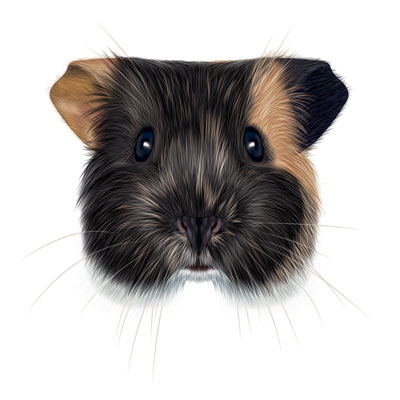As the debate rages once again between “traditional” and “progressive” curriculums, and between formal and informal methods of teaching, I wonder whether we are doomed to revisit these themes with every successive generation.
In 1965 I was part of the Nuffield junior science project pilot year. The goal was for children to come up with problems they could investigate using scientific methods. So when Rosalind, 8, wanted to know if her guinea-pig was intelligent, my job was to help her to find out.
Using wooden play bricks, she decided to construct a maze with food at the end to study her pet’s strategy. The guinea pig indeed explored possible routes but then proved its intelligence in an unexpected way by jumping over the bricks to reach the food.
Two other pupils, Carol and Amanda, wondered whether Amanda’s mum’s anti-histamine cream (new, at the time) was better for nettle-sting than Carol’s gran’s traditional cure: crushed dock leaves.

My special job was managing the stinging operations and gaining parental consent – not least explaining we all had to be stung twice, once untreated, to judge the effect of the cure. Both cures showed a slight positive effect and the comparison was ultimately inconclusive, as science often is.
A more satisfying result was procured at a primary school where the seven and eight-year-olds had observed molehills along their football pitch lines.
They were keen enough when asked their investigation plans to seek university support – which indeed they did get. Together they produced samples that went back to the lab for analysis. The best explanation was that economy creosote used on local authority fields sufficiently damaged the roots of the grass to make tunnelling easier!
As with all such work, it generated interest among others. Parents and local people were often consulted and certainly knew what was going on.
Language and mathematics were consistently required, often touching the wider curriculum. Plan, do and evaluate were central processes for which young people proved both enthusiastic and capable.
Parents are foolish if they fail to realise that quality education is far more than meeting ideological targets
So why did Nuffield and the superb McDonald books accompanying the project never really take off? Because after three years the Department for Education decided it was not sufficiently systematic and needed a “curriculum” with “targets.” Knowledge – the resource most amenable to testing and which is dependent mainly on memory and speed of working – was preferable to encouraging scientific exploration, or what Brian Cox and others recognise as “blue-skies science” or “curiosity-driven science”.
How far was the Nuffield project from the OECD PISA testing currently used to compare students’ scientific literacy internationally? PISA, like the first Bennett report into effective learning published in 1976, judges only what can be tested.
Bennett’s report, Teaching Styles and Pupil Progress, examined primary school teaching methods similar to those pioneered in the seminal Nuffield trials and concluded that more formal teaching methods were superior. However, this was part of a much wider political debate in the late Sixties and early Seventies between so-called “progressives” and “traditionalists” in education. The Plowden report (1967), in contrast, recommended a more child-centred approach to learning and Bennett himself later retracted a report that endured a lot of criticism, precisely because education was more than what could easily be “tested”.
Parents are foolish if they fail to realise that quality education is far more than meeting ideological targets ruthlessly exploited by organisations professing to judge performance by a process (testing) that is inevitably limited and flawed.


Your thoughts